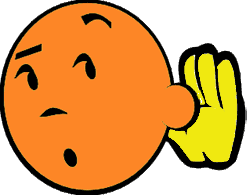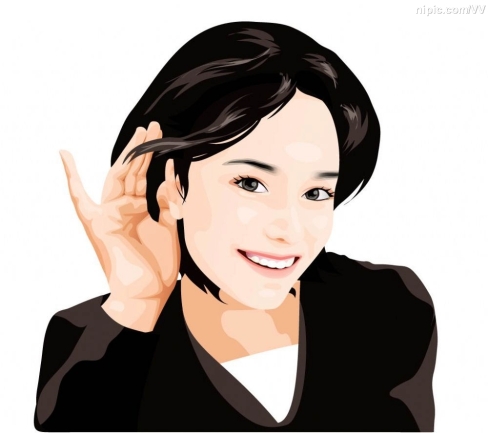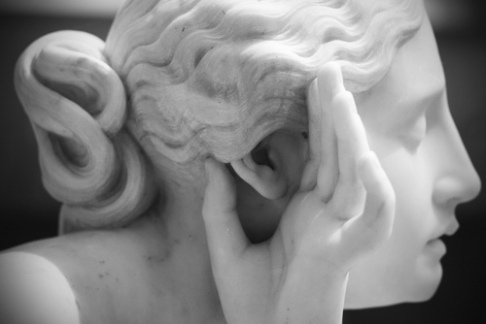NOTE: THERE MIGHT BE UPDATES TO THESE DESCRIPTIONS PLEASE CHECK THIS POST ON A REGULAR BASIS.
1. By the end of this online course, you should have created a simple online digital class magazine with various pages devoting to different topics. (The results of grouping and the topic of each group have been announced at the end of the first face-to-face class.)
2. There is no specific assignment on a weekly basis concerning creating the magazine, while I will monitor your contributions as it is an important part of the course assessment. Each of you is encouraged to actively contribute during the entire process to your group in terms of page editing including articles, photos, videos, artwork, etc.
3. You are allowed to edit or even delete other group members’ contributions as long as you think necessary. The articles should reflect the basic magazine writing skills you learn in your face-to-face classes, and should be cohesive and coherent in your final product. (The username and password of the wiki have been announced at the end of the first face-to-face class.)
4. You are encouraged to leave comments, ask questions and give suggestions in the discussion section of each week in this blog.
5. Each one of you are responsible for synthesizing all the messages and posting a general one to the discussion section on a weekly basis. I will give feedback as soon as possible.
6. During the last two weeks of our online course, you are encouraged to give suggestions to other groups by means of leaving comments in wiki rather than editing their pages directly.





